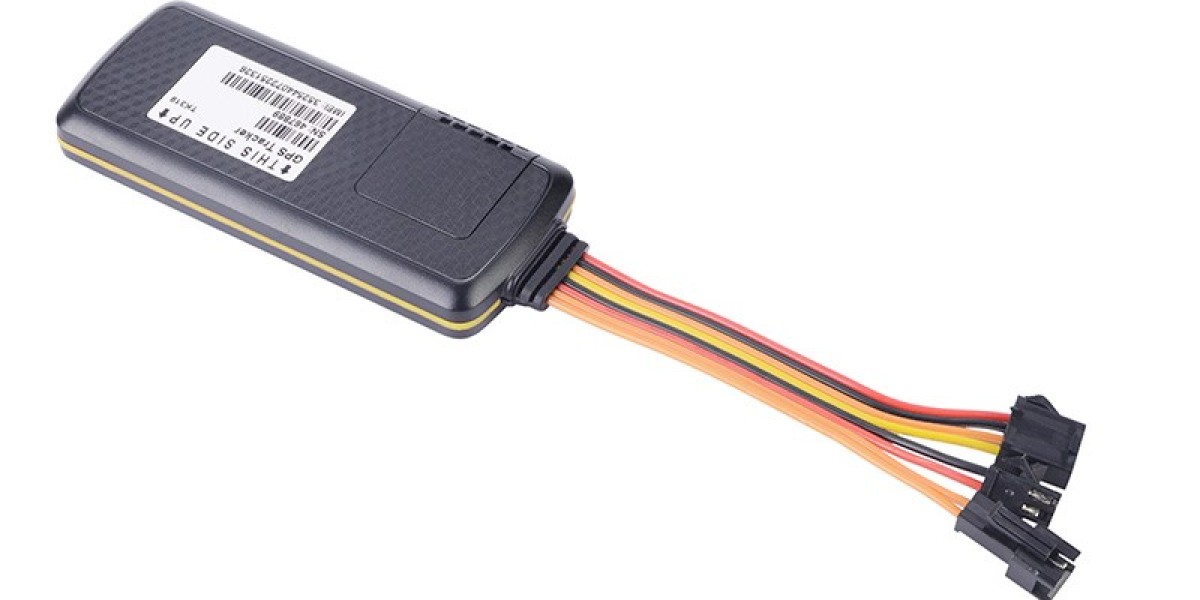Wireless charging technology has been making significant strides in recent years, revolutionizing the way we power our devices. As we delve into the future of wireless charging, it's essential to understand the barriers that have been overcome and those that still need to be addressed.
The Evolution of Wireless Charging
Wireless charging, also known as inductive charging, has come a long way since its inception. The concept of transferring power without the need for physical connectors has opened up new possibilities for various industries. From smartphones and wearables to electric vehicles and medical devices, the potential applications of wireless charging are vast.
Breaking Technological Barriers
One of the primary challenges in wireless charging technology has been efficiency. Early wireless charging systems suffered from significant energy loss during the power transfer process. However, with advancements in resonant charging and electromagnetic field optimization, the efficiency of wireless charging has improved dramatically. Today, wireless charging pads can deliver power to devices with minimal energy wastage, making them a viable alternative to traditional wired charging.
Industry Adoption and Integration
While the consumer electronics industry has been quick to embrace wireless charging, other sectors such as automotive and healthcare are also beginning to integrate this technology into their products. Electric vehicle manufacturers are exploring the implementation of wireless charging systems to simplify the recharging process for users. Similarly, medical device companies are looking to leverage wireless charging for implantable devices, eliminating the need for invasive battery replacement procedures.
As we look ahead, the future of wireless charging holds the promise of seamless integration across various industries, transforming the way we power our devices and machines.










